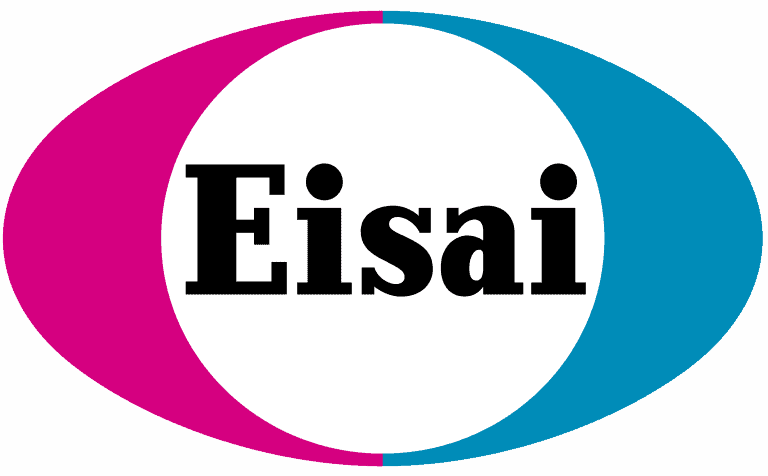(Steel D, et al. 2017). In this critical review, the authors examine the literature surrounding each of the genes that have been associated with severe epilepsy syndromes and describe their characteristics and associated symptoms. Although each of these mutations has been found in a small number of patients with DS, with the exception of SCN1A they are usually not determined to be the cause of DS. Still, since DS is a clinical diagnosis, we wanted you to be aware of some of the other mutations that can contribute to the DS phenotype. The authors created this diagram, which helps explain how DS is usually associated with SCN1A mutations, but can be found in patients with other mutations, and the presence of an SCN1A mutation does not necessarily mean the patient has Dravet syndrome.
SCN1A: This is the most common mutation associated with Dravet syndrome. The gene codes for the alpha-1 subunit of the sodium ion channel (Nav1.1), containing 2,009 amino acids, primarily expressed in inhibitory neurons. Mutations usually result in haploinsufficiency, in which only one healthy copy of the gene (as opposed to the usual two) is not enough to maintain healthy neuronal network function. Most mutations are de novo, though 10% may be inherited from parents. Increased detection of mosaicism is raising this rate of inheritance.
SCN2A: This gene codes for the alpha-2 subunit of the sodium ion channel (Nav1.2). Expression of this gene increases throughout childhood (unlike SCN1A, which peaks at 7-9 months) and occurs mainly in hippocampal neurites. SCN2A mutations have been found in patients with a variety of syndromes, and unlike SCN1A mutations, patients often respond to sodium channel blockers.
SCN8A: This gene codes for the alpha-8 (Nav1.6) subunit and is expressed mainly in excitatory neurons (in contrast to SCN1A). Presentation is distinct from Dravet syndrome in that patients sometimes have epileptic spasms (not seen in DS), are not as susceptible to fever-related seizures, usually do not have myoclonic seizures, and often respond to sodium ion channel blockers.
SCN9A: This gene codes for Nav1.7, expressed in dorsal root ganglia cells, neuroendocrine cells, and smooth muscle. Mutations in this gene cause sensation disorders including abnormal response to pain. Some patients with DS have been found to have mutations in SCN9A but there is likely a more polygenic cause for Dravet syndrome in these cases.
SCN1B: This gene codes for the beta-1 subunit of the sodium ion channel, which regulates the sodium channel gating on the external side of the cell membrane. SCN1B mutations have been found in several patients with GEFS+ but very few with DS.
PCDH19: This x-linked gene (found on the X chromosome) codes for protocadherin-19, a protein that helps neurons adhere to one another as they migrate to form networks and recognize other cells. Because males only possess one copy of the X chromosome, even if this mutation occurs in males it creates one type of protocadherin-19 containing cells and results in functionality. However, females (who have two X chromosomes) are thought to be affected when one of those copies is mutated and the other is normal. Thus two separate protocadherin-19 containing cell populations are generated, and their abnormal interactions are thought to cause disease symptoms. PCDH19 epilepsy is its own syndrome that mainly affects females, though it mimics DS in several aspects. Seizure onset is usually later in PCDH19 (11 months vs. 6 months in DS), seizure clusters are more common and often respond to steroids, an approach not used in DS), and photosensitivity is less common.
GABRA1: GABA is the primary neurotransmitter. The receptors on the neurons that accept this neurotransmitter are termed “GABR” (R for receptor) and fall into two groups: A and B. GABRA1 encodes the alpha-1 receptor and mutations are found in several epilepsies including childhood absence epilepsy, juvenile myoclonic epilepsy, and genetic generalized epilepsy. Some cases of DS are associated with GABRA1 mutations.
GABRG2: This gene codes for the gamma-2 GABA receptor and mutations have been found in GEFS+ patients as well as a few DS patients.
STXBP1: This gene codes for the syntaxin-binding protein 1, which is involved in the cell\’s process of fusing vessicles (globules containing chemicals such as neurotransmitters) with the membrane. Thus mutations in this gene may affect the cell\’s ability to release neurotransmitters. Mutations have been found in patients with Ohtahara syndrome, West syndrome, and non-specific epilepsies with varying components of intellectual disability and movement disorders.
HCN1: This gene codes for a nonselective positive ion channel (meaning it allows calcium, potassium, and other positive ions through), and mutations usually result in a gain of function. In a few DS patients the presentation does truly resemble classic Dravet syndrome.
CHD2: This gene codes for the chromodomain helicase DNA-binding protein 2, which modifies gene expression. The DS patients who had CHD2 mutations all experienced seizure onset later than normal (ages 1, 2, and 3), and this appears to be a common feature of CHD2 mutations in general. They have been described in patients with Jeavons syndrome, Lennox-Gastaut, and other epilepsies.
KCNA2: This gene codes for a delayed potassium channel that helps a neuron repolarize after firing. Patients thought to have DS with this mutation achieved seizure freedom in adulthood, an outcome not often obtained in classic DS.







